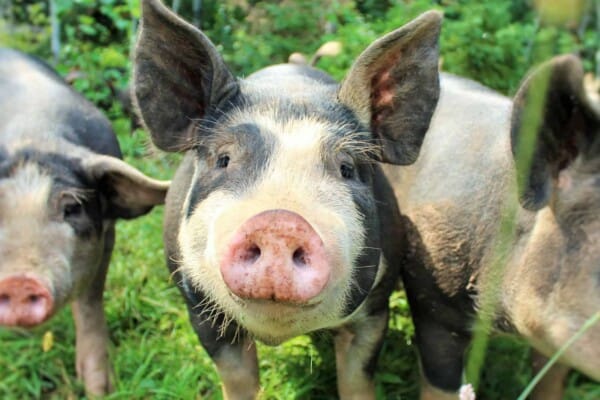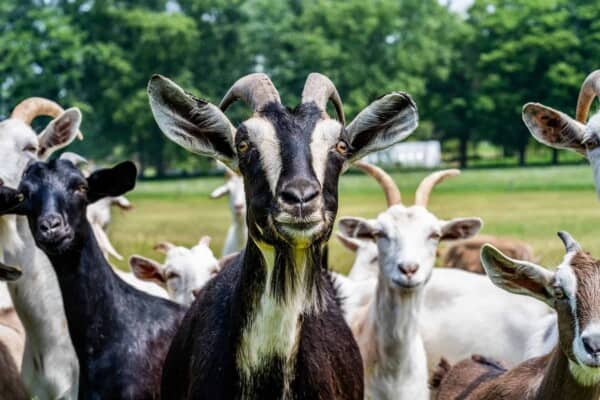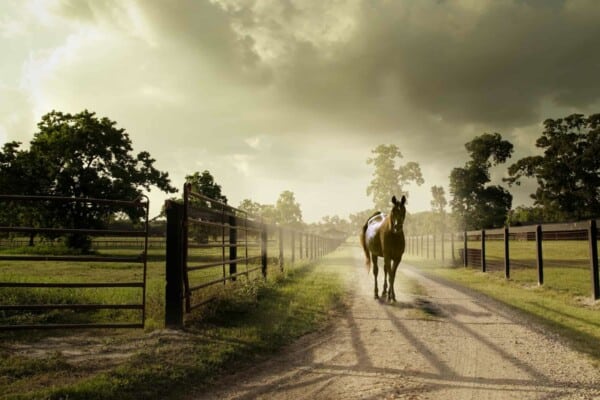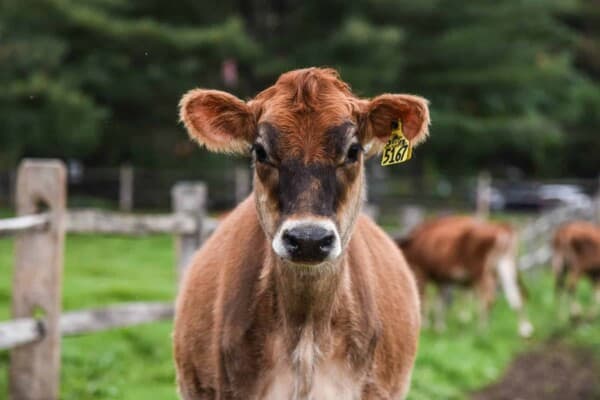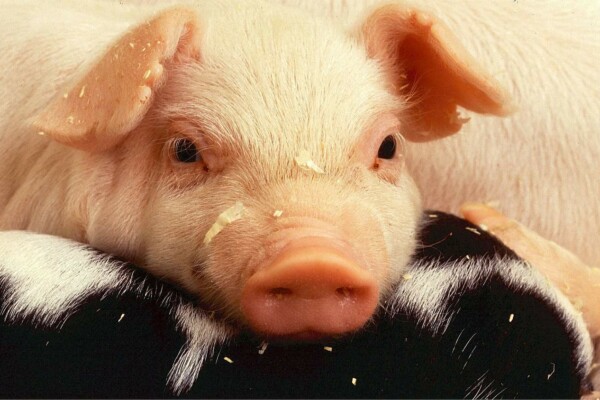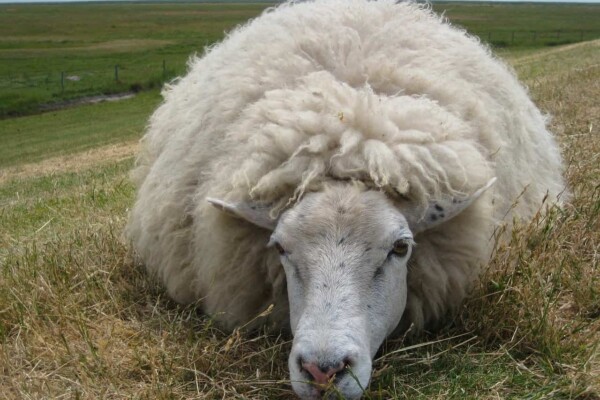There are plenty of mysteries out there that science appears to be at a complete loss when it comes to explaining them. Which one came first for example, was it the chicken or the egg? Are we alone in this universe? What the heck is the difference between a buffalo and a bison?
As you can tell, all of those questions are equally as important for us, and yet nobody has any answers to give! All jokes aside, there are plenty of markers that you can use to essentially pick up whether you’re looking or caring for a buffalo or a bison.
While there are definitely a lot of similarities between the two, mostly because they come from the same family, aka the Bovidae family, the truth of the matter is that there are plenty of differences that you can pick out right off the bat so that you never make the mistake of not being able to distinguish between them ever again.
With that said, let’s start off with a brief history behind the two, and then we can delve into the main differences that really make it so easy to confuse them for one another. So, without further ado, here we go:
What is a Bison?
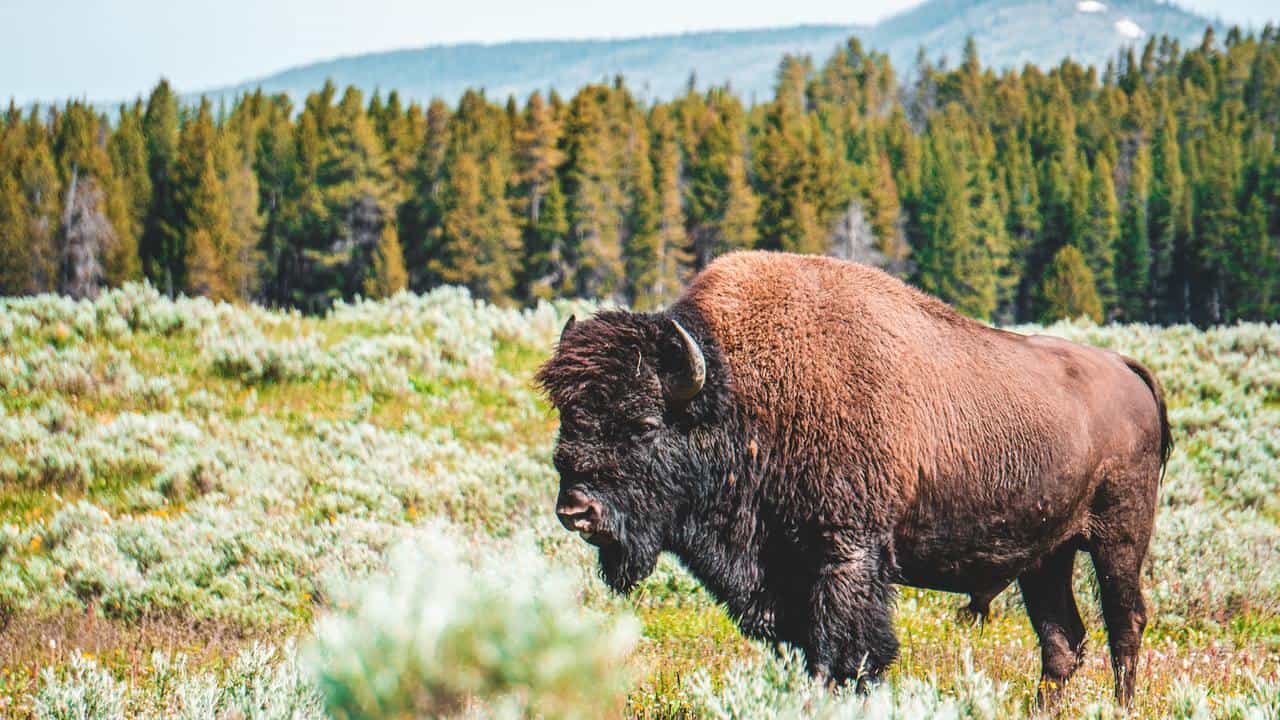
A bison is a thick furred animal that can be found all over North and South America. There are currently three different species of bison out there, and they are the following:
- The American Bison – although there is a decent number of them still out and about all across North America, they are technically considered endangered because of how much they were hunted over the years. Luckily, because of these establishments, more and more bison are bred every year, giving them a fighting chance so that we don’t lose them like we’ve lost so many others over the years.
- The Wood Bison – you can find it around Alaska and Canada. It is commonly referred to as the mountain bison too and as far as we know, it’s one of the more common bison out there.
- The European Bison – you can find it all across Poland, although recent attempts were made to spread the species around many European countries as a means to having them repopulate and be taken off of the endangered list for good.
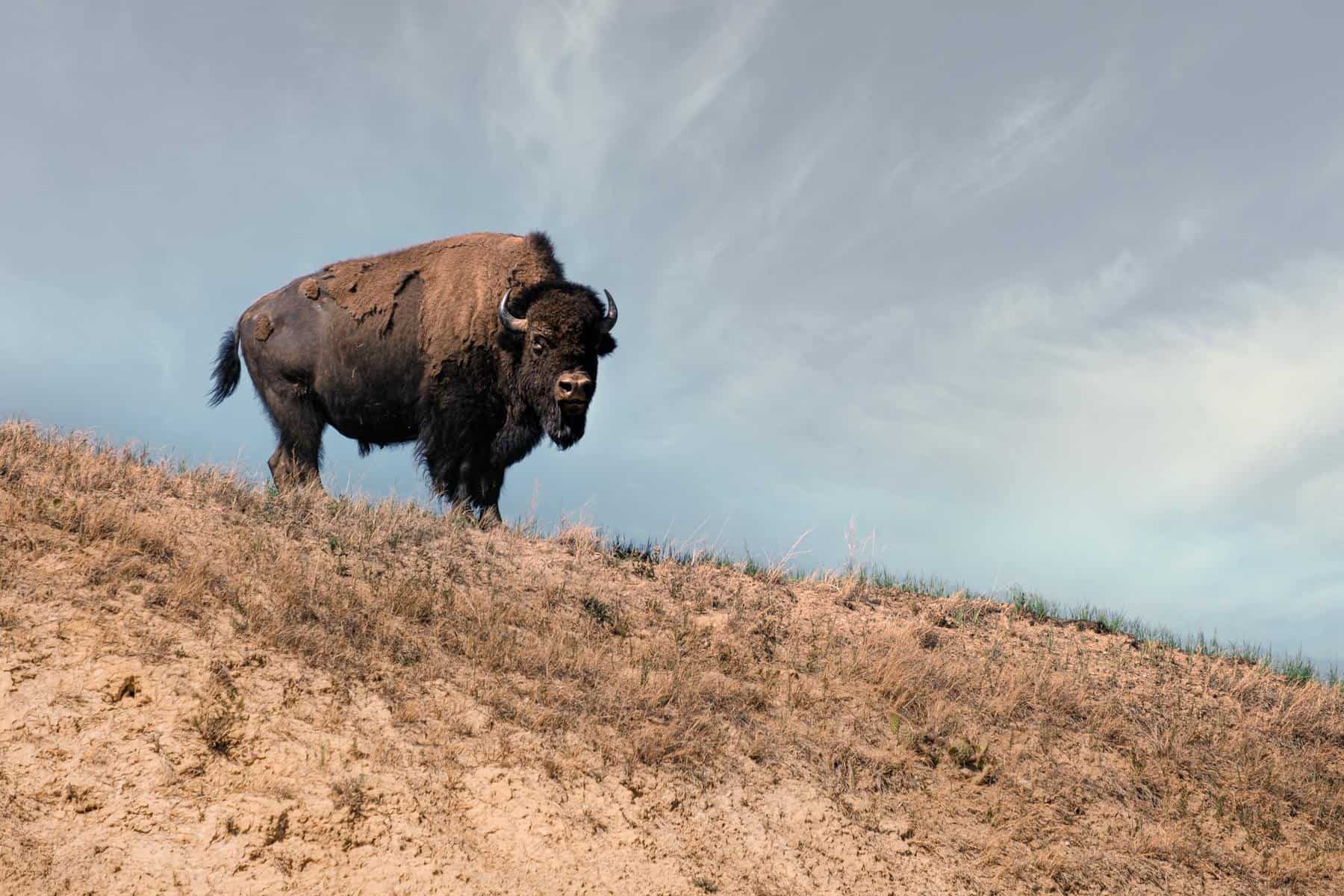
Bisons are believed to have been all over Alaska, all the way up to northern Mexico, taking up all of the prairies and grasslands across the nations for themselves.
Although it wasn’t necessarily all humans that caused their downfall, they were very sought after and hunted over the years, which is why their numbers dwindled down to the point where they could even be considered to be endangered.
It is believed that even with the amount of effort that the authorities have put into bringing them back up to a healthy number, there are still less than 1% of how many there were in the past.
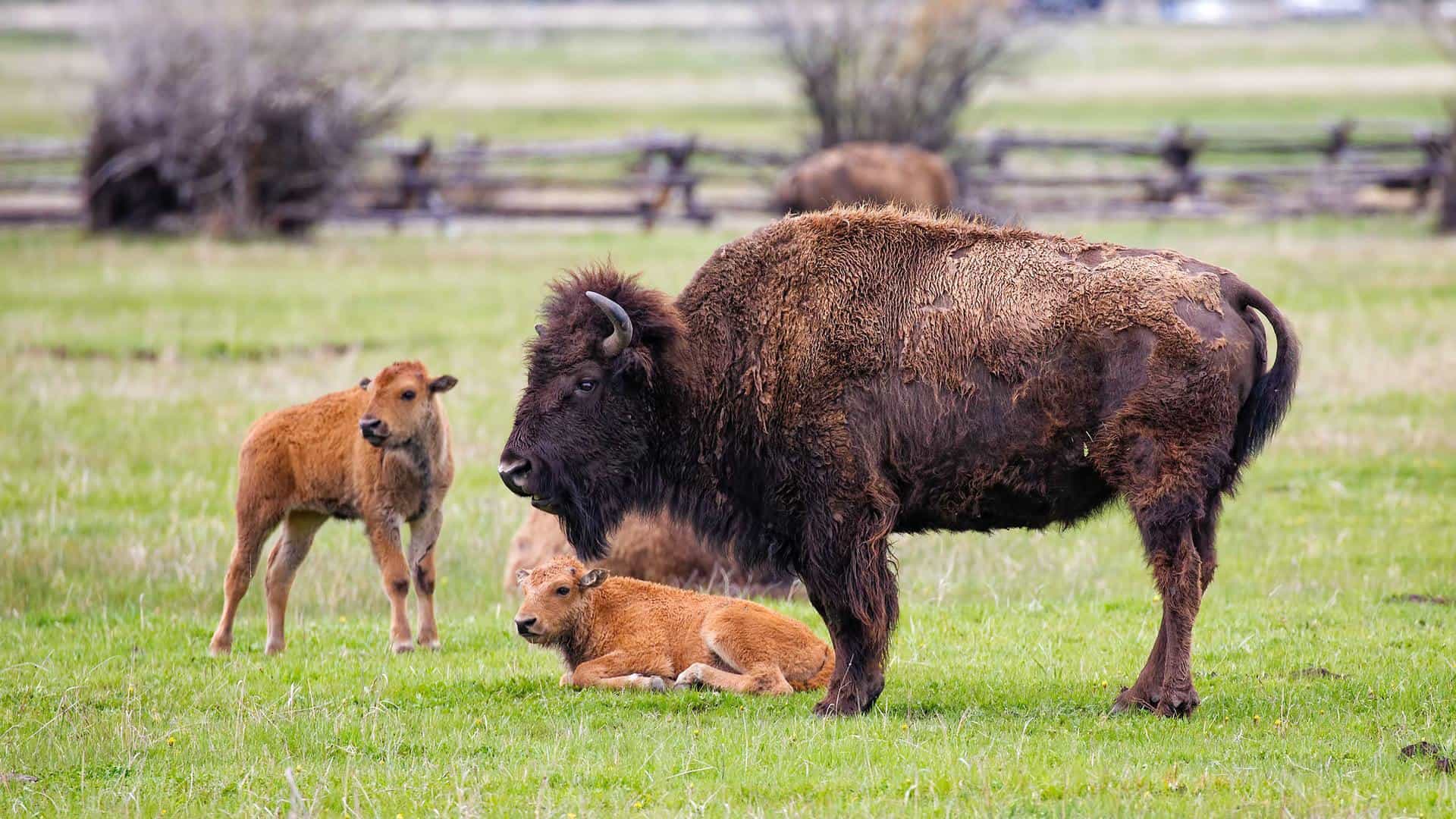
Just imagine this, there used to be over 30 to 100 million of them back in the 1800s and now you’re looking at less than 30,000 out in the wild, with around 500,000 currently used commercially as livestock.
When it comes to the American and the European buffalo, they are quite different from the other, so much so that most people can tell the difference right off the bat after seeing them face to face.
For example, their horns are completely different from the other, with the American bison having its horns to the side while the European bison has its horns facing forward. European bison are also a lot hairier and slightly taller than their American counterpart.
What is a Buffalo?
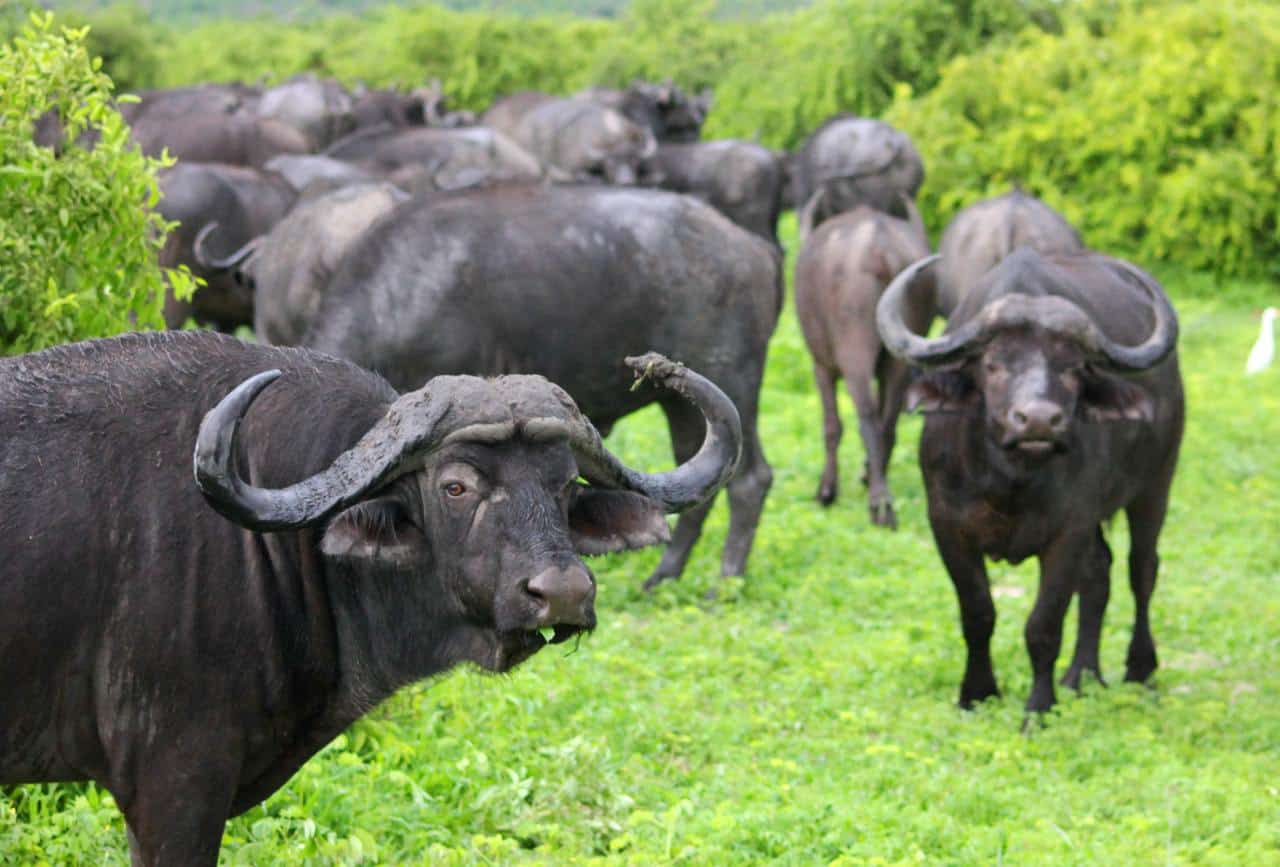
A buffalo is yet another furred animal that can be found all across Africa and Asia, but you can also find them in Australia. There are currently three species of buffalo out there that are pretty much dominating the landscape as we know it:
- The African Buffalo – mostly referred to as the Cape Buffalo, this is one of the most common species of buffalo you’ll ever come across. There are a lot of them out there, they’re practically spreading all across the African fields as we know it and most of them are faring off into the wild, away from human touch
- The Asian Water Buffalo – also sometimes referred to as the wild Asian buffalo, it is the only species of buffalo that is currently endangered. This is because, since it was located so close to humanity, it was actually hunted close to extinction by now. There have been many attempts to bring them back, but so far, they’ve yet to manage to do anything significant when it comes to their numbers
- The Domestic Water Buffalo – This is one of the more common buffalo species you’ll see around the world, it mainly stems from India, China and Southeast Asia although there have been attempts to breed them across European countries too.
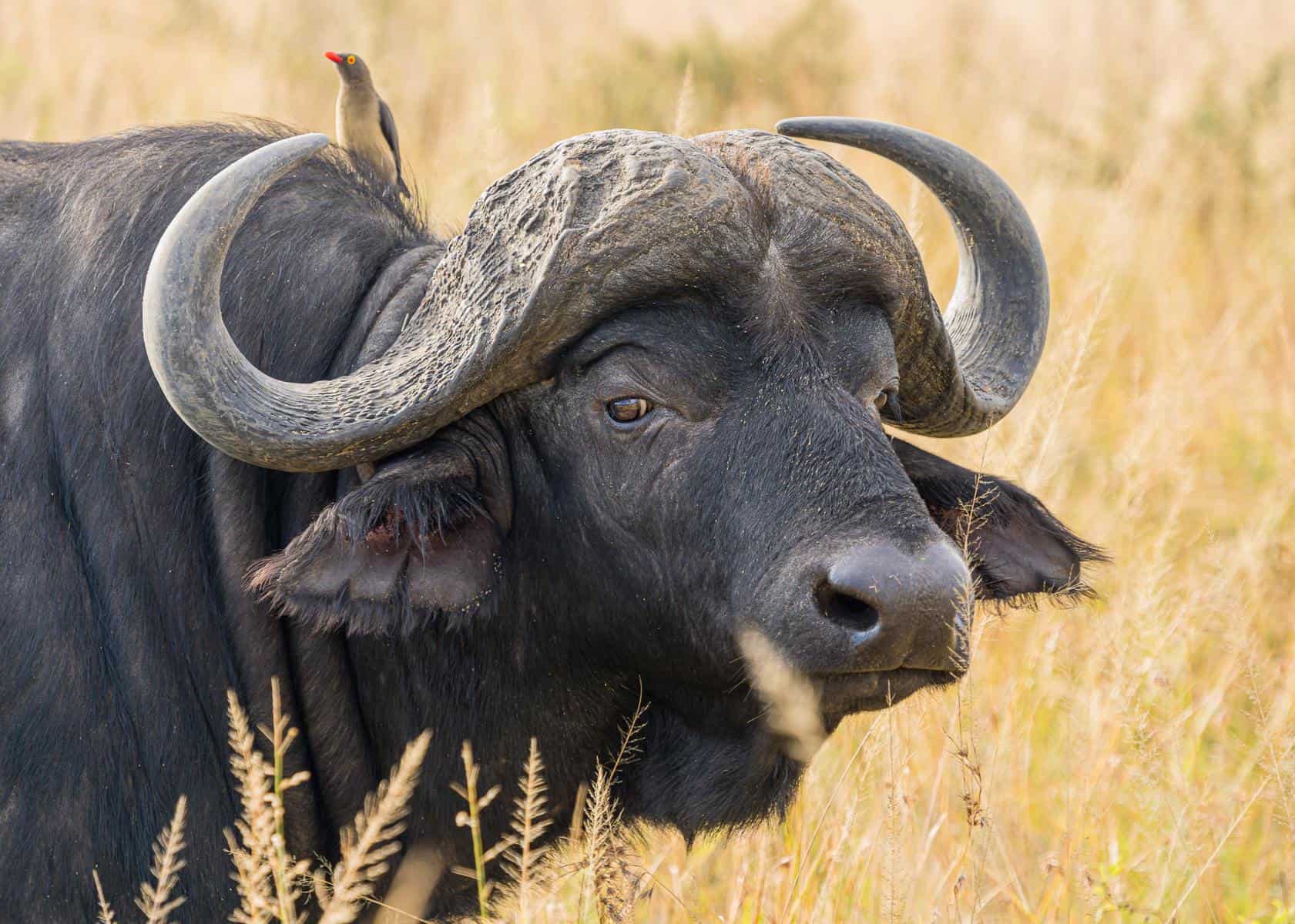
The African Buffalo is that one species of buffalo that you always see on Animal Planet, sprawling about in the wilderness, walking besides ferocious beasts and standing its ground at all times.
There are currently around 900,000 to 1 million African buffalos out there to this day. They mainly inhabit the sub-Saharan African and they’re rarely found anywhere else. They get as large as 3.3 to 5.6 feet tall and they can weigh anywhere between 600 and 2,200 pounds.
The Water Buffalo on the other hand is extremely endangered, with less than 3,400 of them still alive out there. Most of them live in India but there is a small number of them still out there around Thailand and Nepal.
They are around as tall as the Cape Buffalos but they are significantly heavier, weighing in as much as 1,300 to 2,600 pounds in total. They also have curved horns and short hair, which is representative of the location that they’ve been inhabiting for so long now.
Now that we’ve got this short introduction right out of the way, let’s jump into the meat of this guide, aka the part that you’re all here for today, the crème de la crop, the actual differences between the two:
What Are the Differences Between Bisons and Buffalos?
Alrighty so now let’s start with the basics aka their heads and shoulders, and no, we’re not sponsored by them although we do love the idea of using the shampoo on the two species we’re discussing about here.
Heads and Shoulders

Bison are known for having this very large shoulder hump that may look like a camel’s hump, but is instead a bag of pure muscle that is ready to protect the head at all times. On top of that, bison are known for having extremely large heads which they use to ram into their opponents with.
You can’t hurt your head when your head is the size of a truck’s wheel right? That’s what evolution said to it anyways.
Buffalos on the other hand are known for having way smaller heads and shoulders, and they don’t have that massive lump behind their heads either. Because of this, most people would argue that they look a lot more symmetrical, but we’d also argue that this makes them a lot less imposing as well.
It’s All About the Horns
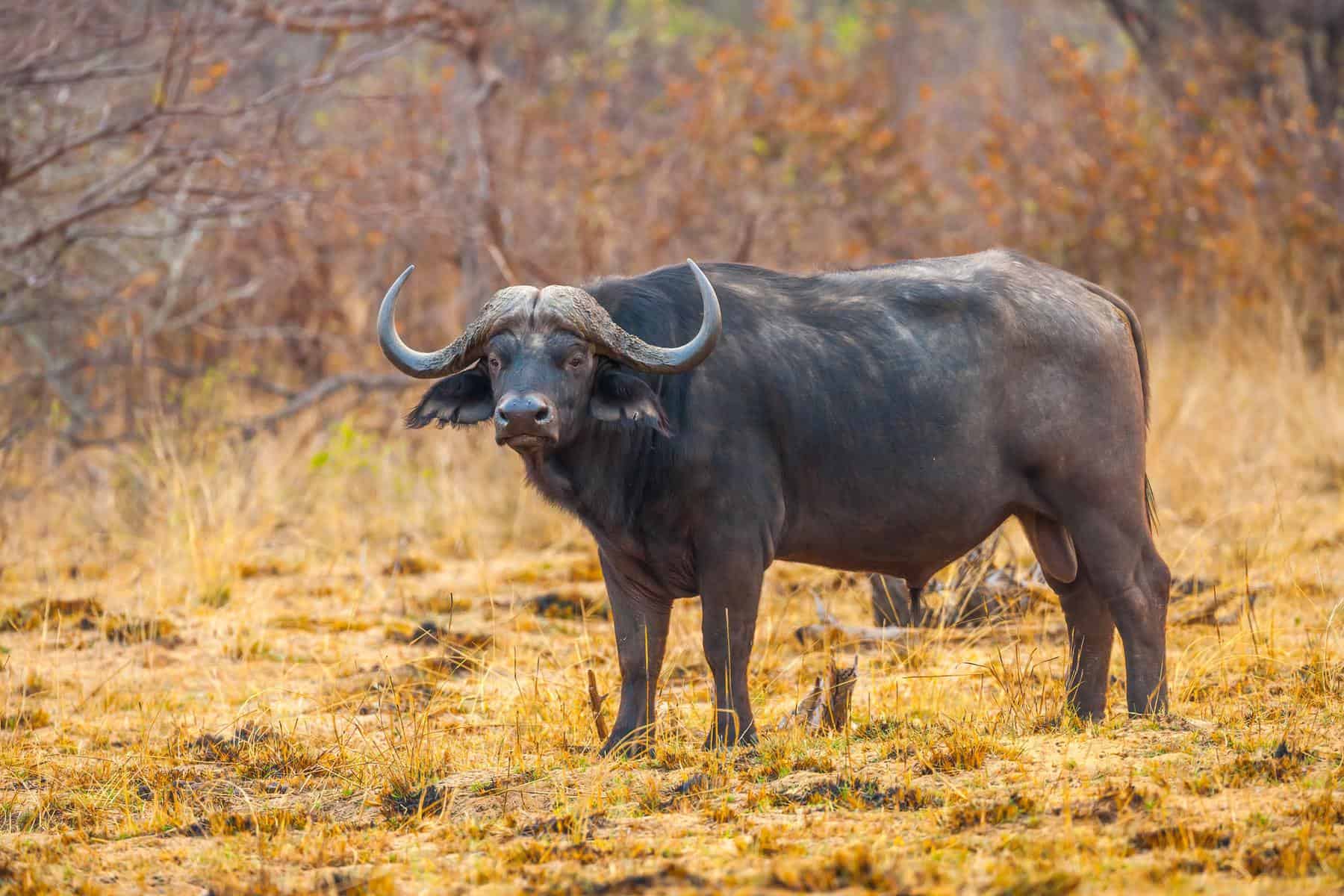
As we mentioned previously, buffalos have extremely large horns that signify their dominance in the herd. Their horns appear to be shaped like a handlebar moustache, and that applies for both the males and the females of the species.
But hey, if you don’t believe us just check out the majestic horns on the water buffalo. They’re massive and honestly, quite imposing if we can say so ourselves.
On the other hand, bison tend to have way smaller and less prominent horns altogether. You can clearly see the fact that although they are still meant to hurt or even kill their opponent, they’re less about showing the power and the dominance of the bison and more so just practical.
The Hairier the Better

We have briefly mentioned before how bison are known as a thick-furred species while buffalos are the complete opposite. This is because bison are literally covered in such thick, shaggy coats, that they can often times survive their attacker’s claws and fangs by having too clumpy of a fur on them as backup.
The only real issue with this is that when the hot summers come, they actually have to shed it all off so that they can survive the climate.
Buffalos on the other hand, although still covered in a fur coat of their own, are considered to be thinly coated simply because their fur does practically nothing against predators and is pretty much just there to warm them up during winters.
The great thing about it though is that they won’t have to shed anytime soon either, so they can keep their pride without being called names by other buffalos out there that would be inclined to make fun of a member’s premature balding experience.
Honey, Your Beard is Showing
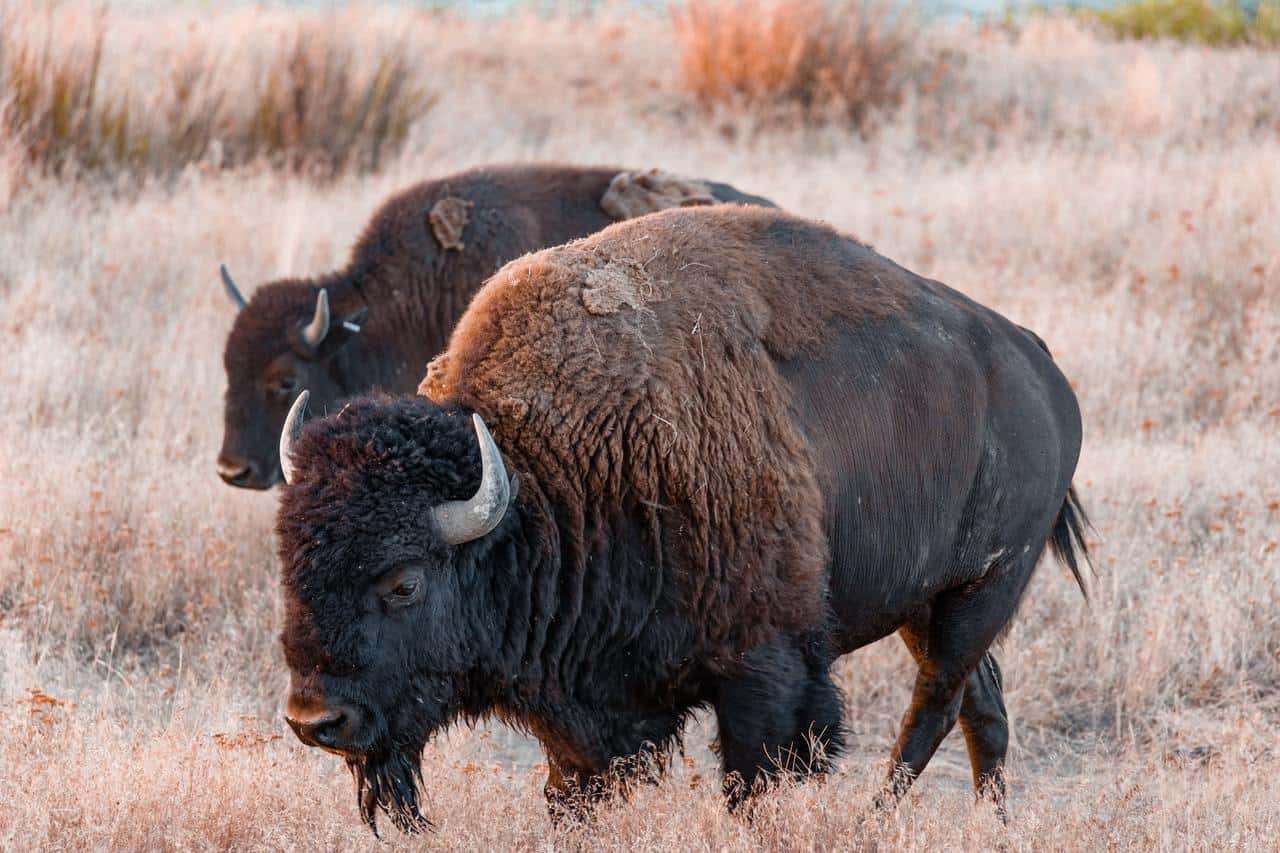
If you’re a fan of the typical “Hipster beard” then chances are that you will definitely be a fan of the bison as they have one of those incredibly long, unkempt beards that you’ll only see at the most scrumptious of hipsters out there.
The funniest thing about it is that both the males and the females have this same beard, meaning that you can’t really distinguish between the two simply off of that alone.
But luckily, you can distinguish between the buffalo and the bison thanks to this, since the buffalo doesn’t actually have any beard whatsoever. Whether they can’t grow one or if they just don’t want to be seen with one, we can’t say for sure though.
It’s Water Weight
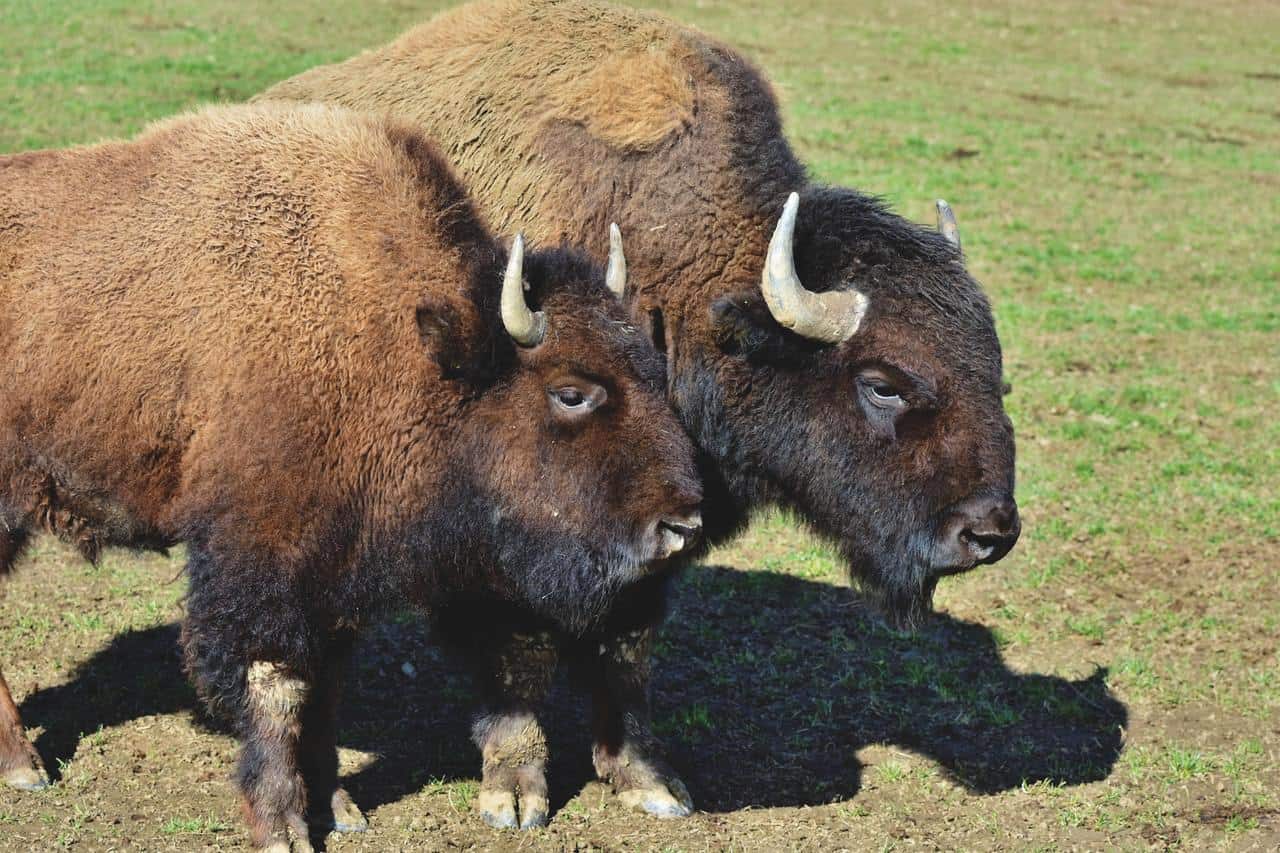
As mentioned previously, when it comes to their overall size and weight, there are plenty of differences to choose from, but then again, a lot of these stem from the subspecies of the two as well.
For example, the American bison is by far the lengthiest one in the family, with the typical male growing as long as 12.5 feet from head to rump. On top of that, you’ll also find one weighing in at around 2,200 pounds in total.
The Cape buffalo on the other hand comes close to that, reaching a length of around 11 feet, although when it comes to its weight it rarely reaches 2,000 pounds in total.
Funny enough, although the water buffalo is only around nine feet long, it is actually the heaviest of all of them, weighing as much as 2,700 pounds in total. Now that’s a hefty boy if we can say so ourselves.
On top of that, the water buffalo also has the longest tail, reaching up to 33 inches in total which might add to the weight a little bit.
The Lifespan
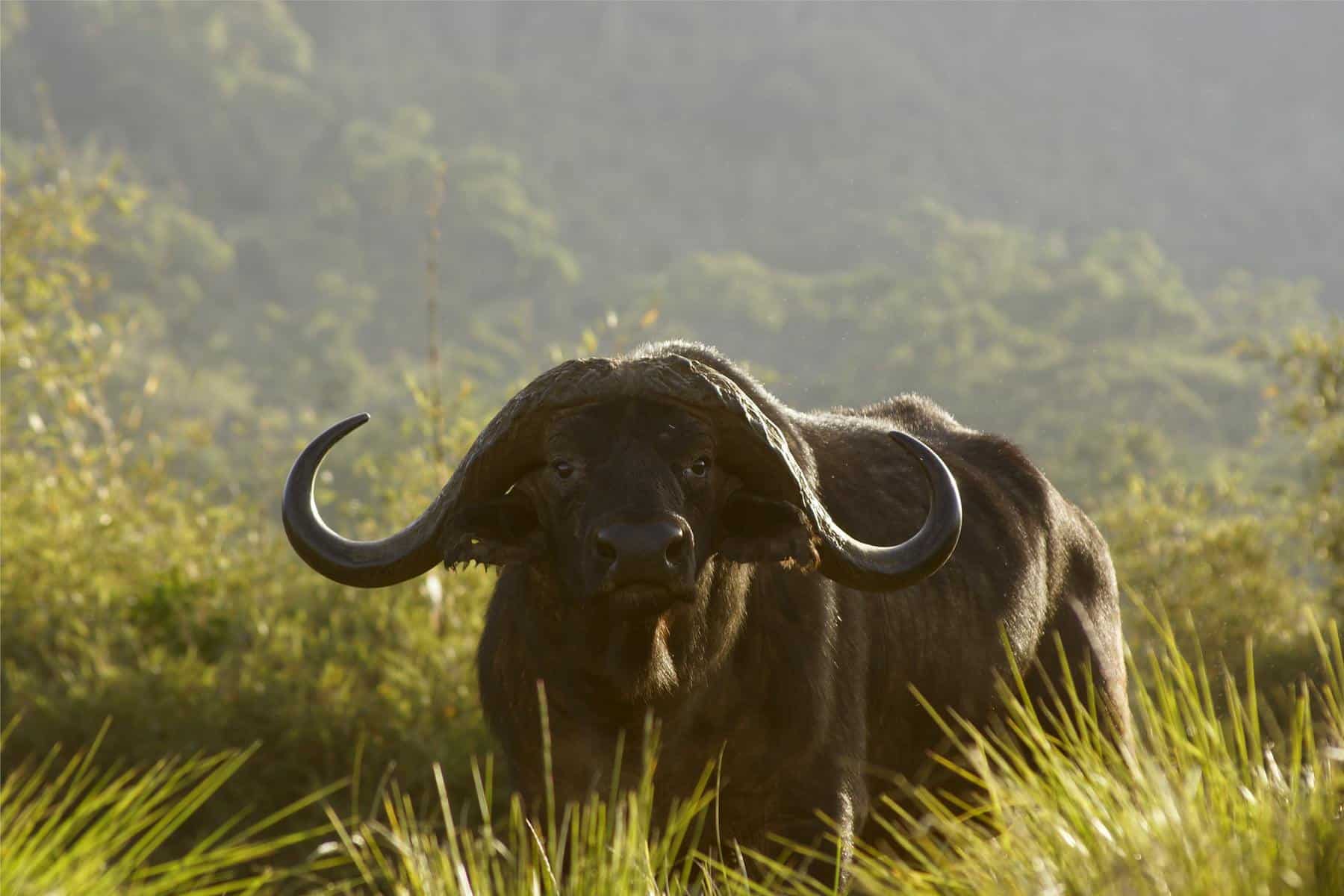
When it comes to the amount of time that they have on this planet, bison are on the lower end here, living around 13 to 21 years at most. Since there are nowhere near enough of them out there, it’s pretty much common knowledge that during this time period these bison need to be well taken care of so that they don’t die prematurely.
Buffalos on the other hand actually live for way longer than that, especially the water buffalo for that matter.
The water buffalo can live for as long as 25 to 30 years in total, while the cape buffalo has been known to live for around 15-25 years per average.
We can also safely say that buffalos tend to live for longer per average since they are out in the wilderness surrounded by their herd. Because of this they have adapted to surviving in most any extreme condition known to man.
Bison on the other hand, although not entirely endangered, are pretty much confined in special locations where they are taken care of for the sake of helping them repopulate their species back up to speed.
Their Use Value
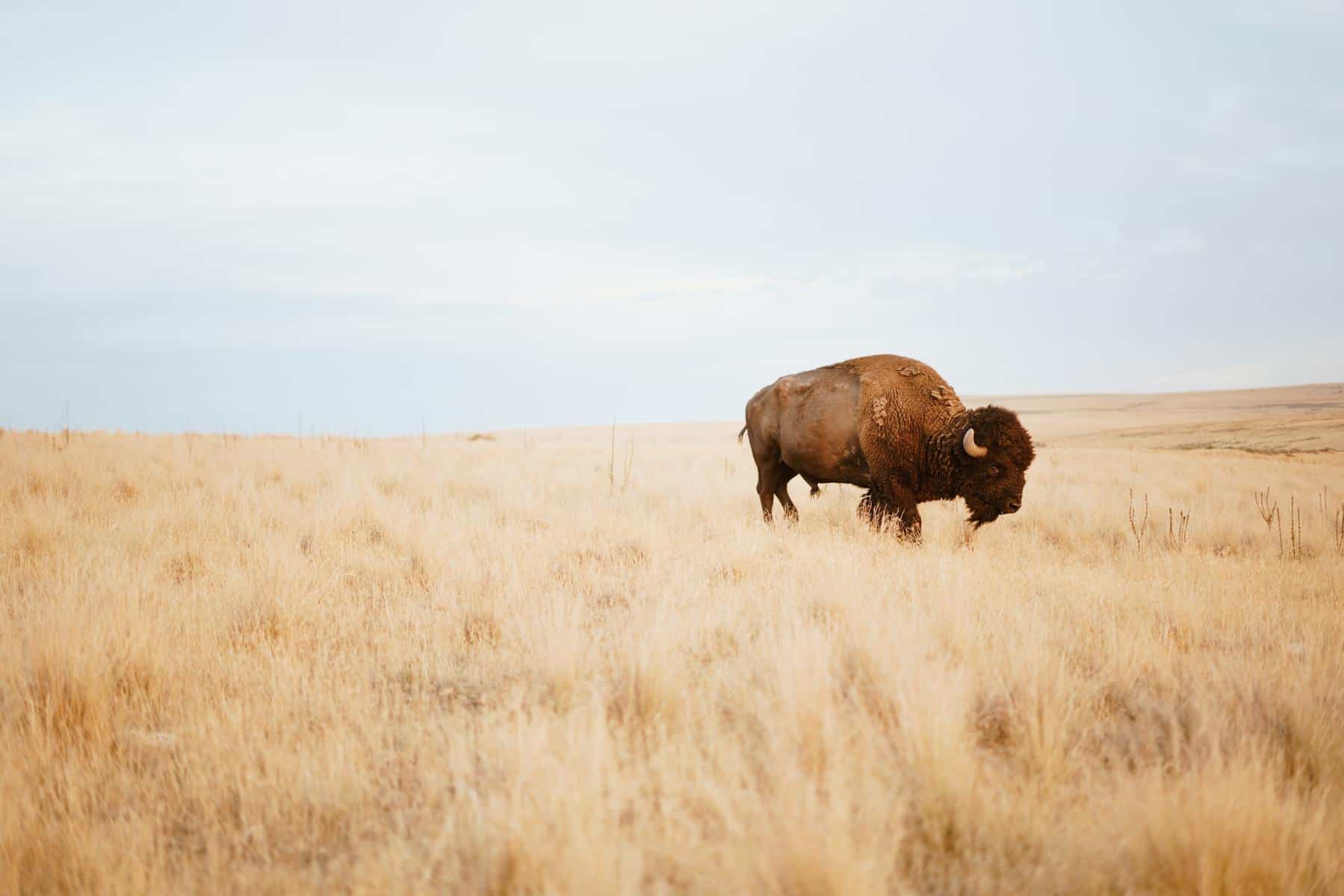
As much as we’d like to say that these creatures are nothing less than God’s gift to the world, we have to mention what they’re used for in our culture.
When it comes to the bison, they are mostly used for their meat and their clothing. Using their horns, you can also make some pretty impressive weapons and you can also build your shelter using their bones and their fur.
This is all based around the fact that bison are pretty much just wild creatures that can only be used for the meat, but things change quite drastically for the buffalos out there.
Buffalos are used primarily for their milk and their meat (especially when talking about the water buffalo). But, in the past, they were also used a lot as trophies. Hunting down a buffalo was considered to be a great honor back then and although no longer practiced, they are still considered to be a great prize for hunters out there.
The main difference between the two is also in the fact that buffalos are considered to be cattle nowadays by most farmers, although quite a lot more dangerous to tend for than normal cattle, they are pretty much worth the investment since their produce sells for so much more than the typical cattle.
Other Differences

Bisons are known for being quite a lot more aggressive than buffalos and for good reason too. They are very used to being threatened by other creatures, so they are constantly on the edge. Their behavior is also believed to be a result of being hunted for many generations over the years.
When it comes to the buffalos though, while sure, the African cape buffalo can be considered to be quite the opposite of passive, for the most part buffalos are nowhere near as violent or aggressive as bison can be.
Another difference worth mentioning between the two is the fact that bison are way faster than buffalos. This is because they usually fend for themselves while buffalo are highly domesticated and are used to just standing around and doing nothing all day long, not expecting any predator to actually attack them.
Although their diets can be considered to be very similar, buffalos tend to eat a lot more than bison, although that might just be a result of their upbringing as well.
Conclusion
So, there you have it, by now you should know plenty of differences between the two, more than enough for you to know not to ever make the mistake again.
As far as their similarities go, just take a look at the two without thinking of what we mentioned in this article and you can easily find them. If you really don’t care and are just looking over the two, you’d easily mistake them for one another, but hey, hopefully we managed to help you avoid this with the guide.
Thank you for reading this far, we hope that this was useful to you and that you learned something new today.


